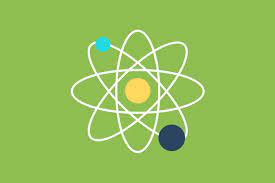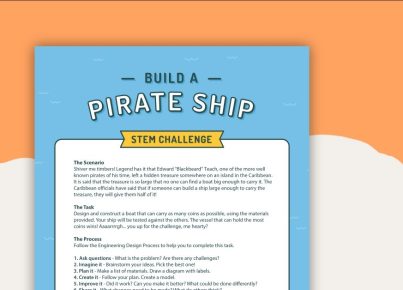Introduction
Atoms are the building blocks of everything in the universe. Teaching students about atoms can be a fun and engaging way to introduce them to the world of chemistry and physics. In this article, we will explore 20 atom activities that are tailored for different grade levels, from elementary to high school.
Elementary School
1. Build an Atom Model: Using marshmallows, toothpicks or pipe cleaners, students can create 3D models of atoms by representing protons, neutrons, and electrons.
2. Atom Memory Game: Create flashcards with atomic symbols, element names, and atomic numbers for students to match in a memory game.
3. Atomic Scavenger Hunt: Hide index cards with elements throughout the classroom, then provide students with clues to help them find the hidden elements.
4. Periodic Table Coloring: Print out blank periodic tables and have students color-code them based on element categories (metals, non-metals, etc.).
5. Molecule Building: Use gumdrops and toothpicks to model the formation of molecules by connecting atoms together.
Middle School
6. Atom Bingo: Create bingo cards with atomic numbers and element symbols for a fun class activity centered around chemical elements.
7. Edible Atoms: Use candy to represent protons, neutrons, and electrons in a creative edible atom model.
8. Chemical Reactions Race: Designate teams of students to represent different chemical reactions; have them race each other while acting out their reactions to demonstrate how each reaction occurs.
9. Atomic Structure Quiz: Students can take turns drawing an element’s symbol on the board and quizzing their classmates about its atomic number or structure.
10. Element Family Skits: Have groups create short skits or plays that represent how various elements interact within their families on the periodic table.
High School
11. Electron Configuration Battleship: Adapt the classic game of Battleship to teach students about electron configurations and valence electrons.
12. Periodic Table Trend Hunt: Challenge students to identify patterns and trends within the periodic table, such as atomic size or electronegativity.
13. Isotope Rope Activity: Using ropes of different lengths and weights to represent isotopes, students can physically differentiate between common isotopes.
14. Atomic Model Debate: Students can research historical atomic models and engage in a debate defending the accuracy of their chosen model.
15. 3D Printed Atom Models: Utilize 3D printing technology to create highly accurate atom models for students to study with.
Advanced
16. Quantum Mechanics Pictionary: Test your class’s knowledge of quantum mechanics by having them draw images that represent complex quantum phenomena like wave-particle duality or the Heisenberg uncertainty principle.
17. Building a Spectroscope: Construct a simple spectroscope using a CD, cardboard, and tape to examine spectral lines emitted by various light sources.
18. Balancing Chemical Equations Relay Race: In teams, have students race to balance chemical equations written on the blackboard.
19. Nuclear Stability Game: Create a game that teaches students about nuclear stability by having them build nuclei based on stability rules and competing against each other in terms of energy release.
20. Quantum Tunneling Experiment: Using double-slit experiment apparatus, conduct an advanced-level activity demonstrating the concept of quantum tunneling.
Conclusion
These fun and engaging atom activities cater to different grade levels and are designed to help students grasp atomic structure, the periodic table, chemical reactions, and quantum physics concepts. By combining hands-on activities with stimulating discussions and multimedia resources, these activities aim to spark students’ curiosity and passion for chemistry and physics.





